
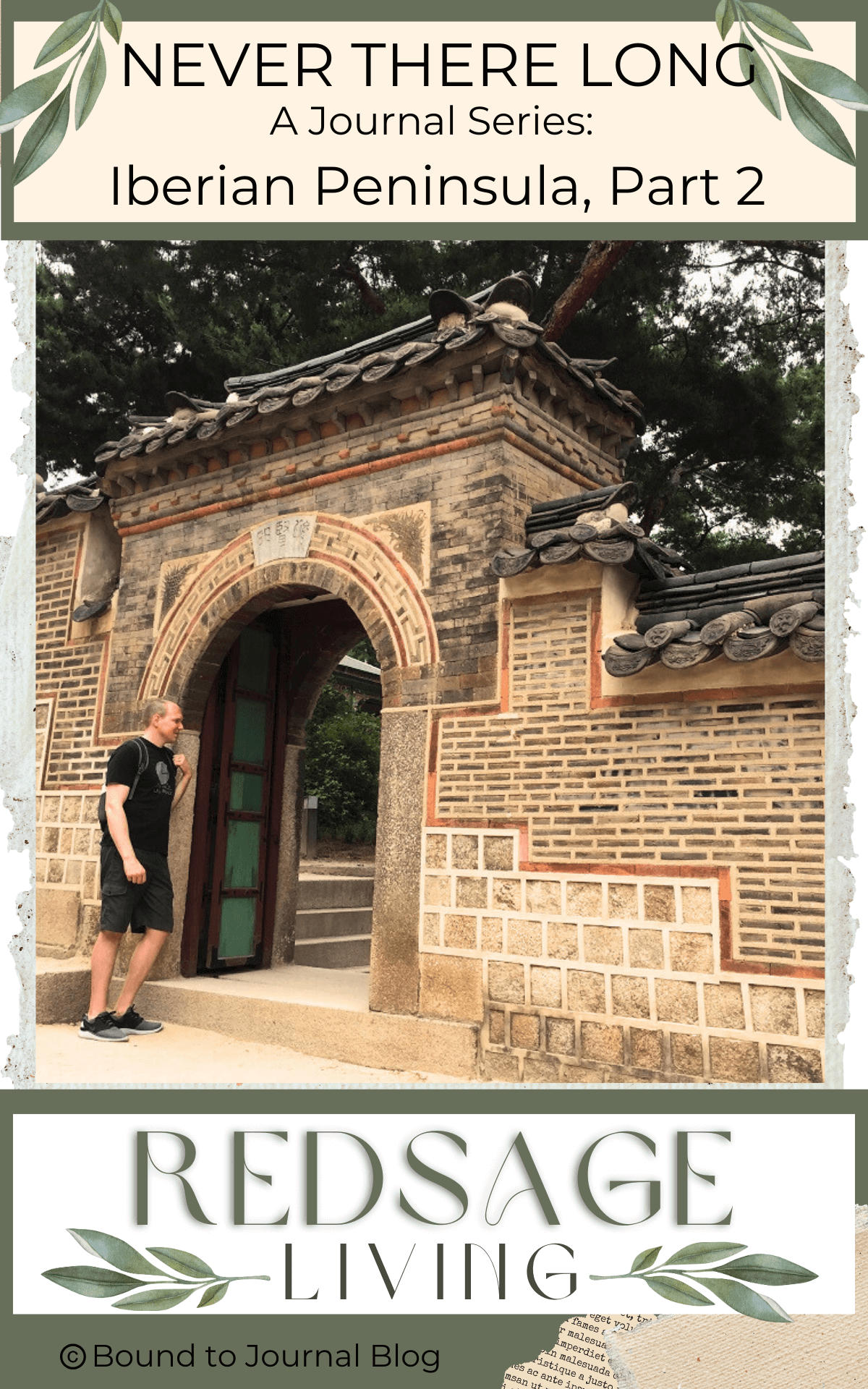
Arriving at Santa Apolonia station in Lisbon, two thoughts crossed my mind.
First, by the grace of the dumb-luck gods, the lengthy train journey from Salamanca to Lisbon had gone off without a hitch. Luck had certainly been a factor, as my nearly complete lack of planning and absence of any basic knowledge of international train travel left me at the mercy of chance to a large degree.
The journey had not taken place on bullet trains, but rather local passenger trains that stopped frequently. On the various trains that pieced together the route, my ticket assigned me to a particular cabin, but no particular seat. The effect of this was a mild out-of-place feeling for the duration of the trek. The train cars all had several cabins that could each hold anywhere from 6 to 10 people on springy, bench-like seats that faced each other.
The journey was a somewhat confusing ride, as I was never quite sure where we were geographically or what stop we were approaching. I had a ticket that gave the locations of the stations where I needed to switch trains. But of course, these were all towns I was completely unfamiliar with and had no real idea of the time frame in which I’d reach them. Fortunately, fellow passengers were always eager to assist me, often resorting to communicating with hand-gestures and broken-English, due to my own lack of foreign-language skills.
Without the kindness of complete strangers, I know I never would have made it to Lisbon.
The second thought that entered my mind stepping off the train at Santa Apolonia station was that baby blue seemed an odd color choice. In fact, the whole station had a strange look to it. The main platform area was extremely long, much longer and grander than any station I’d seen along the way. It had enormous glass sky-light windows that met at the peak of the soaring ceiling and ran the entire length of the platform. Where the sky-light ceiling met the walls, a pastel blue color took over, with beautiful rounded doorway arches and square window frames in gray stone. It felt a bit like stepping out into Oz, as the look and feel of the station were not at all what I had been expecting.
Moving from the platform area into the main lobby of the station gave me my first look at what I later discovered is a defining feature of Lisbon. The floor of the lobby area was completely covered in tiny black and white tiles, carefully placed one-by-one into beautiful mosaic patterns. And this wasn’t some roped-off art display on temporary showing. This was the entire lobby floor, where people freely walked and moved, apparently so accustomed to the tiling that they didn’t give it a second thought.
Being the uncultured neophyte that I was, I was unable to ignore this spectacle.
I gazed closely - a bit dumbfoundedly - at the intricate tiles laid before us. Each tile was unique. Most were rectangular or square-ish. But some were odd polygonal shapes, and they all had bent, chipped, or rough edges. There was no question that some dedicated artists had painstakingly placed each tile by hand to form the intricate patterns that covered the expanse of the lobby floor.
As I pondered the immense amount of time and talent it must have taken to put that floor together tile by tile, I figured I had better move outside the station and figure out where I was and what I was doing. My jaw nearly dropped when I realized that the lobby floor of the train station was not an anomaly. Not even close. The fine black-and-white tilework extended not just outside the station, but in all directions for as far as I could see. Every sidewalk that departed from that giant pastel-blue behemoth of a building was carefully put together piece by piece, each ordained with its own unique mosaic pattern.

My view outside the train station. On the far right, you can see a sliver of the pastel blue Santa Apolonia station building. One example of Lisbon’s mosaic sidewalks.
Stepping outside the station in the shadow of its huge pastel-blue facade, I threw my backpack onto the tiled sidewalk and sat on top of it. I unzipped the top pocket and dug around to find my rolling tobacco, my plastic single-use Kodak camera (with which this article’s photos were taken), and the Lonely Planet Portugal book I had bought in Salamanca a few days earlier. It was evening, the sky was overcast, and I figured I only had a couple hours of decent daylight left.
First item of business, where the hell am I and where am I going. I rolled a cigarette and cracked open the book to find out.
It was fairly easy to find Santa Apolonia station on the city map of Lisbon in the guidebook. During the train ride, I had paged through the lengthy section on Lisbon and eyeballed a few hostels that were cheap and centrally-located. Most were near a large plaza called Praça do Comércio. I easily located that on the map as well. I looked like maybe a mile walk or so, and there were several street routes I could take. I decided to stay off the main drag which was a busy multi-lane thoroughfare, and instead take the smaller, narrower streets that zigzagged roughly parallel to it and would lead me in the same direction.
To my pleasant surprise, Lisbon’s streets were a lot like Salamanca’s. They were generally pedestrian-only, and actual car traffic was nonexistent except on the larger thoroughfares. The beautiful mosaic sidewalks continued endlessly and it was obvious now that the entire city was pieced together in this way. Certain streets had bright yellow trolley cars that ran on tracks and connected with electrical cables overhead. These trolleys could sometimes take up nearly the entire width of the street so staying alert was wise if there were tracks under your feet.
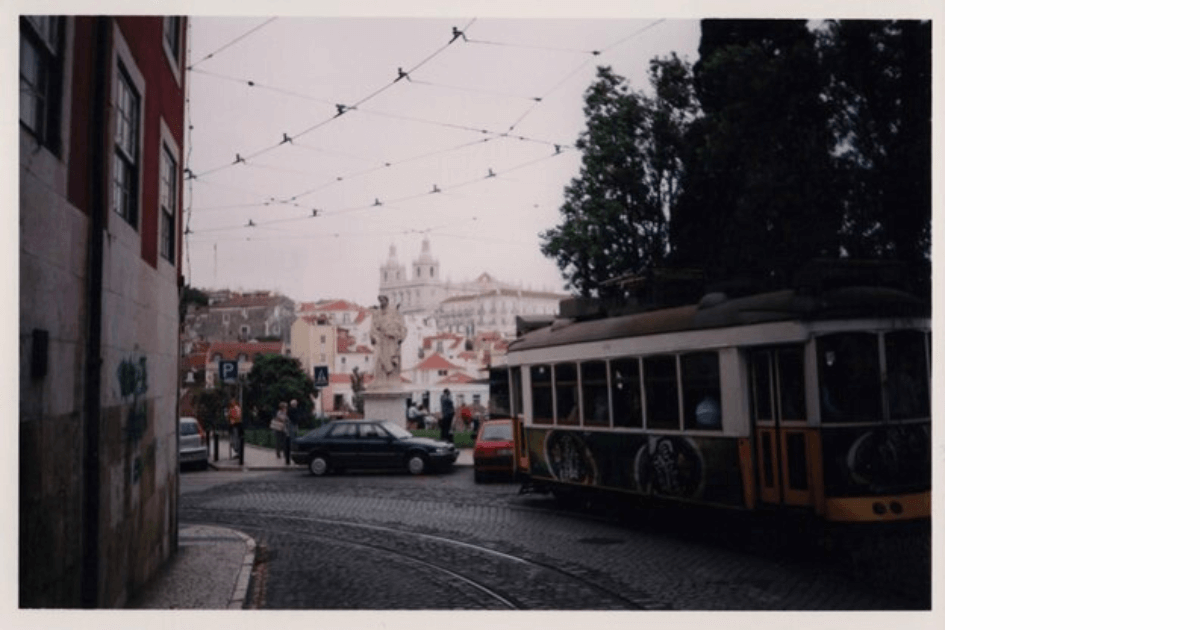
My walk from the train station.
After some twists and turns walking through the city, I arrived at Praça do Comércio. It was an expansive, open plaza with a large statue in the middle, featuring King José I on horseback crushing a bed of snakes in his path. The other most prominent feature was a colossal white archway that - if the right vantage point was found - could frame the statue from afar.
The plaza was peacefully buzzing with people enjoying the cool evening. I once again used my backpack as a temporary stool and paged through my guidebook to start the process of hostel-searching. This process did not go well. I was unable to locate any of the hostels I had preselected in my Lonely Planet book. Maneuvering the narrow, meandering streets was simple enough if your only concern was a carefree stroll through the city. But if your intention was to pinpoint your precise location, the lack of street signs and building numbers made it very challenging. Most of the hostels I was in search of were very small, mom-and-pop type of venues and apparently lacked any type of significant signage.

Coming up on the Praça do Comércio. Notice the mosaic sidewalks. In the distance, the plaza’s large statue is framed by its great white archway. My view of the Praça do Comércio. Off in the distance, the São Jorge Castle can be seen.
After several failed attempts, finally I succeeded in locating a hostel. My search had led me almost a mile north, and I had incidentally reached a new plaza, Praça do Rossio. This one was just as beautiful, although slightly smaller. It had the feel of being a bit more in the heart of the city and was lined with shops and cafes. This hostel seemed to be in a prime location, facing out over the open plaza itself, with lovely flowered balconies on the upper floors. I had a hard time believing it could be as cheap as my guidebook suggested it was.
I let myself in the heavy wooden front door and looked around the small lobby area. The simple front desk was empty for several minutes as I waited. Eventually I took to making small but intentionally-audible noises to gain the attention of anyone present.
A short, older gentleman who I presumed to be the owner, finally presented himself. He was bald, tanned-skinned, and wore round spectacles through which his kind eyes presented themselves. “Olá,” he greeted me. I had just learned my first word of Portuguese and was pleased to find that it sounded very similar to its Spanish equivalent. I proceeded in Spanish, hoping that my meager vocabulary would at least be vaguely comprehensible to my host’s ears.
After a mildly confusing but surprisingly intelligible conversation with the owner, I discovered that Portuguese was similar to Spanish in many ways. To my uncultured ear, it sounded like a hybrid of Spanish and French. With me speaking nothing but Spanish and the owner speaking nothing but Portuguese, it was completely possible - with some effort and a willingness to accept a certain amount of ambiguity - to communicate.
With that pleasant linguistic realization, I was unfortunately also able to clearly comprehend his message that there were no rooms or beds available.
“Joder……” I swore quietly to myself in Spanish and sighed.
Profanity apparently is appreciated in any language because the owner chuckled loudly and smiled. He paused, just sort of staring at me. He seemed to be going over me piece by piece with his eyes. Backpack. Out of date guidebook in hand. Sweaty blond hair pulled back in a ponytail. Dusty sandals. General unkempt appearance. Almost no language skills. I imagine it wasn’t hard for him to deduce my situation with a fairly high level of accuracy: I was backpacking in a far away land, didn’t really know where I was or what I was doing, and didn’t have much money.
He then made me an offer that was - I am certain - purely out of generosity and goodwill towards mankind. Maybe some amount of pity as well. He told me that all his rooms and beds were full, except one. It wasn’t a room they rented out very often because it was a suite. A wedding suite, as he phrased it. It was the only room that was completely private, had a double bed, and had its own bathroom. It also had a small private balcony that overlooked the plaza. Basically it was the Taj Mahal of hostel accommodations.
My first thought was that one night in that suite would likely burn up the majority of my meager financial holdings. I had exchanged my paltry $100 worth of Spanish pesetas for Portuguese escudos at a currency exchange on my walk from the train station. Keep in mind this cash needed to last me four days in Lisbon and get me a return train ticket to Salamanca.
With that thought in mind, I thanked the owner for his offer. I told him I was sure it was a lovely wedding suite, but I was broke and looking for a cheap hostel bed to survive a few nights. The owner shook his head, dismissing my concerns. He told me that he knew I couldn’t afford it. Then why mention it, I wondered, a bit confused. He asked me to hand him my guidebook, so I did. He asked me where it showed his hostel and the price for a room, so I flipped open the book to my dog-eared page and pointed to the listing. It was the equivalent of about $12 a night - not the cheapest hostel in Lisbon, but close.
“Can you afford that?” he asked me.
I nodded and told him I could. Was he saying what I thought he was saying? To my surprise he was, and he confirmed by hunch. He told me I could stay in the wedding suite for that lowly price, but that if someone came along with an interest in using it for its actual purpose, he would have to ask me to leave. Somewhat stunned, I told him thank you over and over.
He smiled and told me it was no problem, as the room would likely have sat empty anyway. He asked me how many nights I planned on staying. I was about to say “four,” but realized the holiday break was four days long, which meant I only needed three nights' accommodations. Feeling a bit richer than before, I told him three nights was all I needed. He told me I needed to pay the bill up front, which I quickly did, feeling as if I had at least secured a roof over my head for my trip. And I pretty posh one at that.
The owner led me up to the room, which was on the third floor. It was simple, clean, and - I imagine compared to the other rooms of the hostel - spacious. The floors were white tile, which matched the color of the walls. There was a nice-sized bed with white sheets and pillows. In the corner of the open room were the bathroom fixtures, unseparated from the rest of the room. A simple toilet, sink, and vintage-looking clawfoot tub completed the room. Everything in the room was white, making the title of wedding suite seem perfectly appropriate.
What caught my eye, though, was the balcony.
A set of windowed french doors opened up to a small private balcony. A tiny circular table with two wooden chairs sat quietly overlooking Praça do Rossio. It was absolutely beautiful - a lofty perch from which to peacefully observe and soak in the capital’s bustle below. I thanked my host excessively. He brushed away my over-abundance of thank-yous with gracious comments, again assuring me it was no problem at all. He let himself out, leaving me alone in the room.
By this time, it was getting dark. I was tired, somewhat sweaty, and extremely hungry. The only food I had eaten all day was La Señora’s bocadillo on the train. I imagined I might have to get used to the pangs of hunger as I assessed my financial situation. Starting with the equivalent of $100, I had just spent around $35 on three nights’ lodging and needed at least $30 for the train ticket home. Dammit, I thought, I should have checked the price when I was at the station to be sure. With those two large deductions totalling $65, that left me with - at most - $35 to eat, drink, and entertain myself for the rest of my travels.
That weirdly wonderful feeling of uncertainty and adventure flooded over me again.
It was the same sensation I had felt stepping on the train earlier that morning in Salamanca. What was it? Fear. Freedom. Anxiety. Misadventure. Being alone, lost, unknown, and open to anything. It was hard to pin it down. But it felt good - in a this-could-all-go-horribly-wrong kind of way. But it wasn’t going horribly wrong. Exactly the opposite, it was going unimaginably well. I had made it to Portugal. I was sitting in the heart of the capital city, on the balcony of a wedding suite, overlooking a historic plaza with a cool evening breeze in my face. The feeling flooded over me again, as I pondered the simple reality I was experiencing and the unlikely chain of events that had led me to that place and moment.
After a few minutes lost in my idyllic contemplations, I figured I had better work on satisfying some more basic Maslovic needs, like the fact that I was thirsty and my stomach was growling. I decided to venture out into the plaza below and see what was available in the way of nourishment.
It didn’t take long for me to discover that a parched mouth and rumbling stomach could be easily taken care of for almost nothing in the way of cost. In one of the many small wine shops that dotted the plaza, it became clear that wine was an absolute staple of Portuguese life, as a bottle of it was cheaper than a bottle of water. I snatched up two cheap bottles - one white and one red - for the equivalent of about $2. A broke vagabond’s dream. As I walked out, the shopkeeper shouted something at me so I turned around. He held up a little corkscrew and asked if I needed one. I said I did, and he handed it to me free of charge.
Another pleasant realization was that little bakery shops also dotted the plaza and surrounding side streets, providing fresh loaves of tasty bread and baked goods for an equally satisfying price. I bought a big, long loaf of crusty bread for less than a buck.
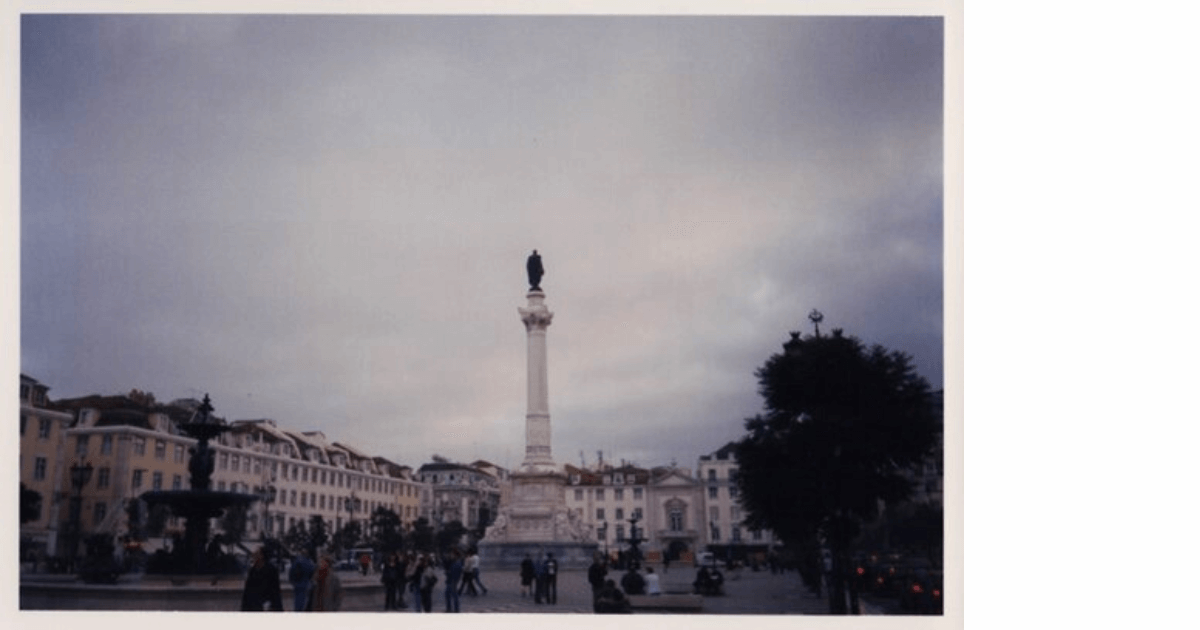
The Column of King Pedro IV in the center of Praça do Rossio.
With my dinner in tote, I scanned Praça do Rossio for a location to partake in the Holy Sacraments. Tables and chairs were plentiful, but I assumed they were reserved for patrons of the cafes as there appeared to be waiters and waitresses attending to the tables. So I looked inward towards the center of the plaza. There was a gigantic statue in the middle, with two large fountains on either side of it. I took my seat on the ledge of one of the fountains.
I was unsure of the local customs when it came to drinking in public, but figured that if it was anything like Spain it wouldn’t be a problem. I popped open the bottle of white wine, took a big swig, and bit into the loaf. It was a good feeling. The wine was lip-smacking tart and tasty. Far better than what I had been expecting for the price. The bread was hard and flaky on the outside and soft and chewy on the inside. This simple pleasure is seared in my memory.
I spent the next hour or two people-watching in the plaza. Sipping on my wine. Chewing on my bread. Smoking cigarettes. Completely content. My thoughts drifted here and there as I watched families and lovers and children and dogs and drunks and old men walk this way and that over the wavy mosaic tiles of the plaza. Eventually my bottle and loaf ran out, so I decided I’d retire to my wedding suite for the night. With a slight stumble in my step, I returned to the hostel and quietly walked up the stairs from the lobby to my room.
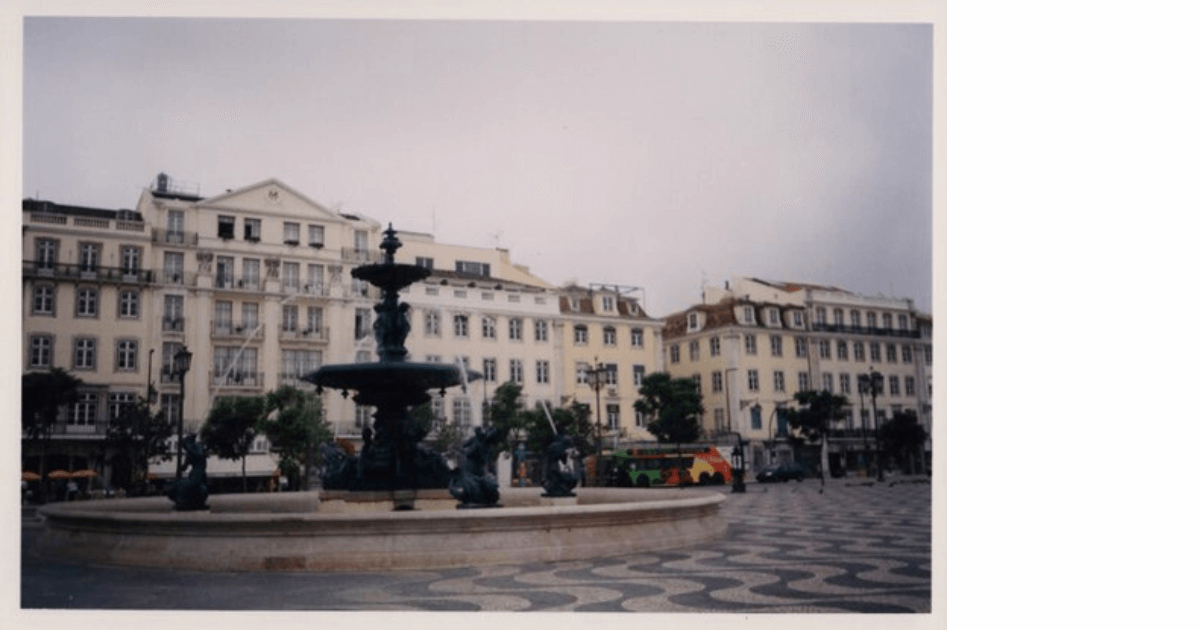
My people-watching dinner seat. That may be my hostel in the background, although I am not certain.
Instead of crawling in bed, I made my way out to the balcony. I sat down on one of the wooden chairs and set my unopened bottle of red wine on the little table. I rolled another cigarette - extra fat so it would last a while - and looked out over Lisbon. It was far too beautiful a night and I was far too buzzed to just go to sleep. The bottle of red was soon popped and I found myself back in the comfort of my mind’s musings, fueling my meandering thoughts with sips and puffs.
Who the hell are all those people wandering around below?
God, the world is huge. Billions of us scattered everywhere, just going about our business without a thought to the mystery and absurdity of it all………. Who was I, for that matter, and what was I doing? Talk about absurdity, I was the king of foolishness perched high on my balcony throne, completely lost at sea. A trampish bachelor reigning from a hostel wedding suite. How nonsensical is that………. What were all my friends doing back in South Dakota right now? Probably just fucking around as usual, not giving anything a second thought. Just like those people down below. We’re all blind to the riddle. The charade. The wool of the daily grind is double-knotted over our eyes. The only time we can see it is when we’re out of it. But that doesn’t make any sense………. Seriously, who am I? I’m sitting here half drunk, completely alone, across the world getting all philosophical by myself. Who does that………. What I should be worried about is not falling off this chair or killing myself by stumbling off this balcony. It’s a long way down. Would probably look like suicide………. Better yet, I should worry about finding an ashtray for this cigarette before I burn myself. I need to start putting filters on these things. I could go inside and flush it down the toilet, but I don’t want to dirty up anything in that pristinely white wedding suite. The old man might give me the boot if I mess this place up. I’ll just put it out on the floor out here, it’s concrete………. Where’s that bottle of red? How is wine so cheap here? And good. Must be vineyards everywhere. I’m here but I know nothing about this country. That’s sort of sad. Probably the only time in my life I’ll be here and I have no idea what I’m looking for. And no money………. How is any of this possible and how the hell am I going to get back home. Well, not home. Back to La Señora’s flat in Salamanca. Shit, did I lose her key? Gotta check my backpack tomorrow morning. Pretty sure it’s in there……….
And so my mind did its thing until finally my thoughts morphed into dreams. My eyes closed and I drifted to sleep that first night in Portugal, sitting on a hard wooden chair, drunk, nestled high on a little balcony overlooking the city below.
End Part 2
Don't miss a moment of this adventure!
Click the Follow the Blog button below to be notified when Part 3 of Never There Long - a Journal Series, Iberian Peninsula launches.
If you missed any part of the Never There Long series, here are the links:


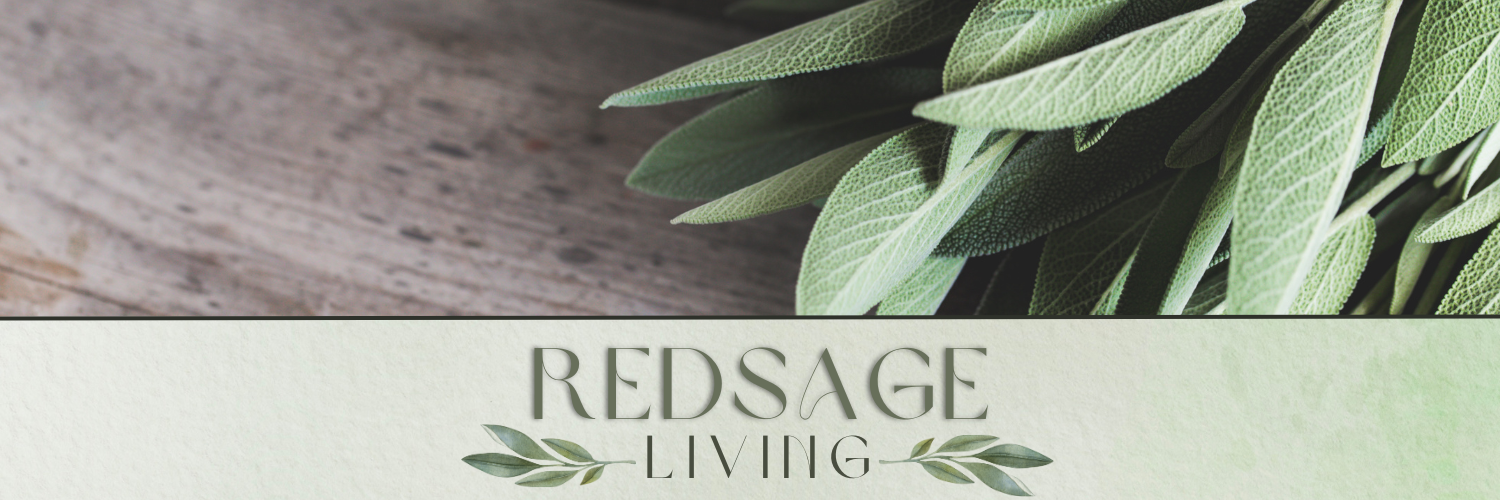
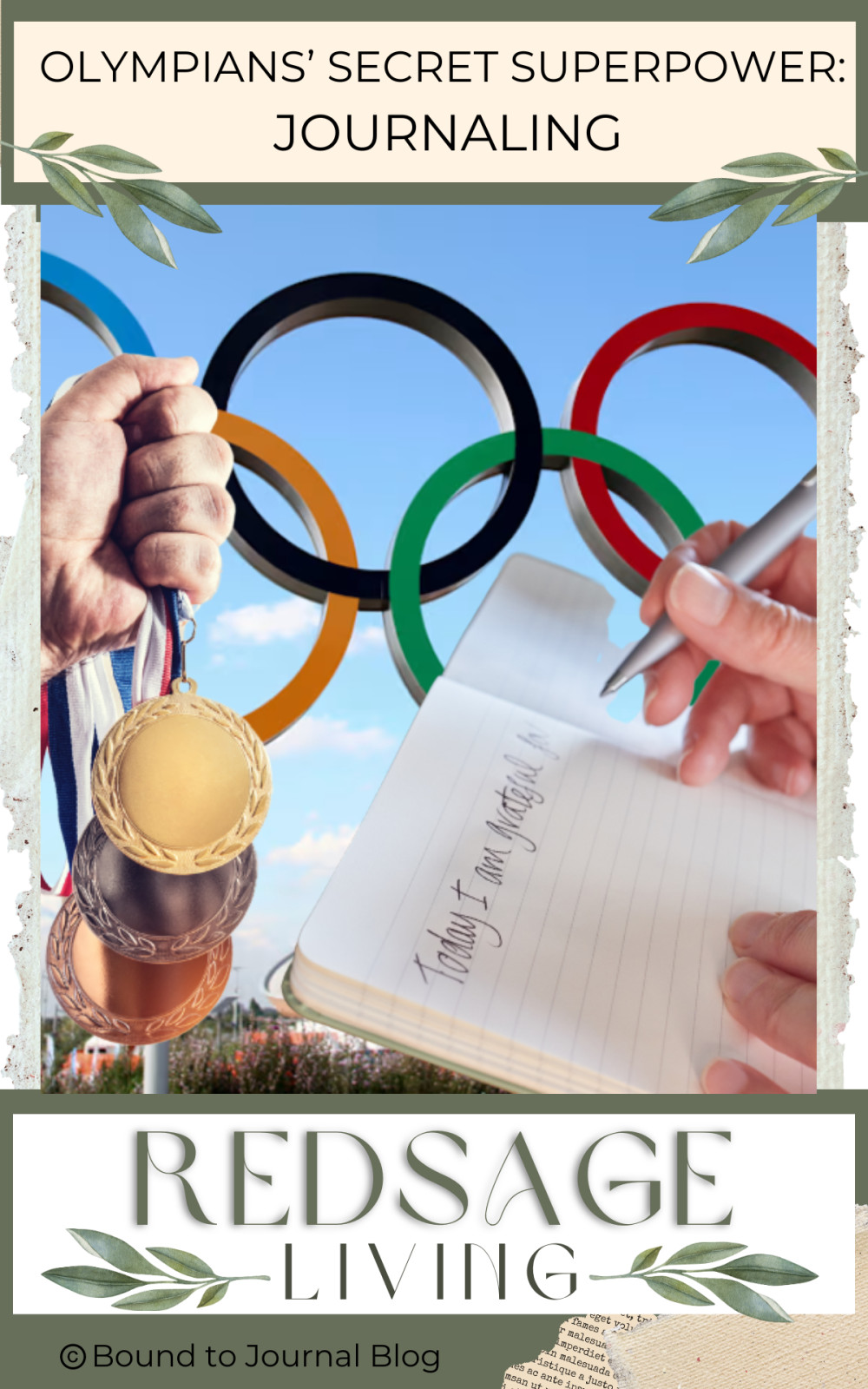
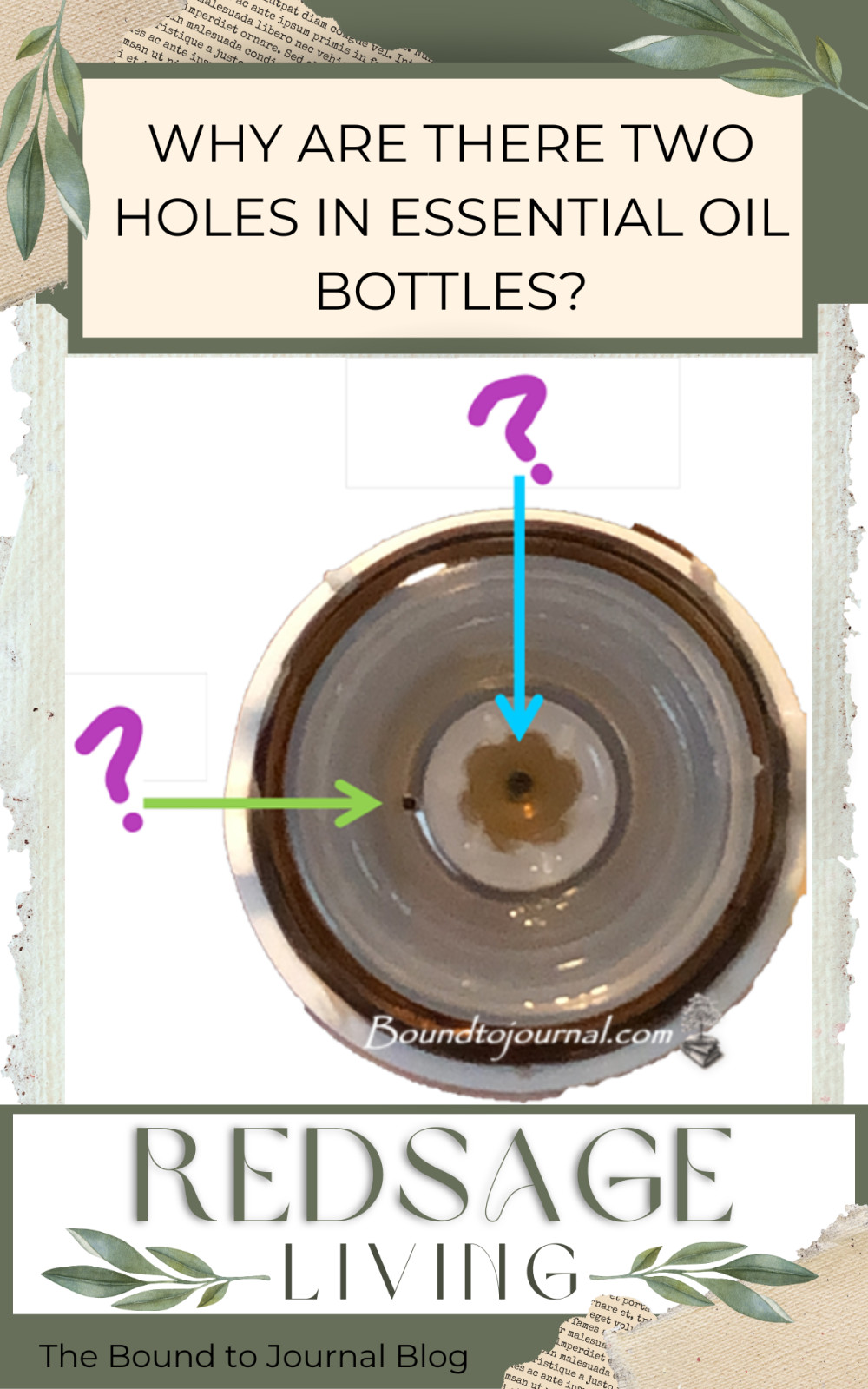
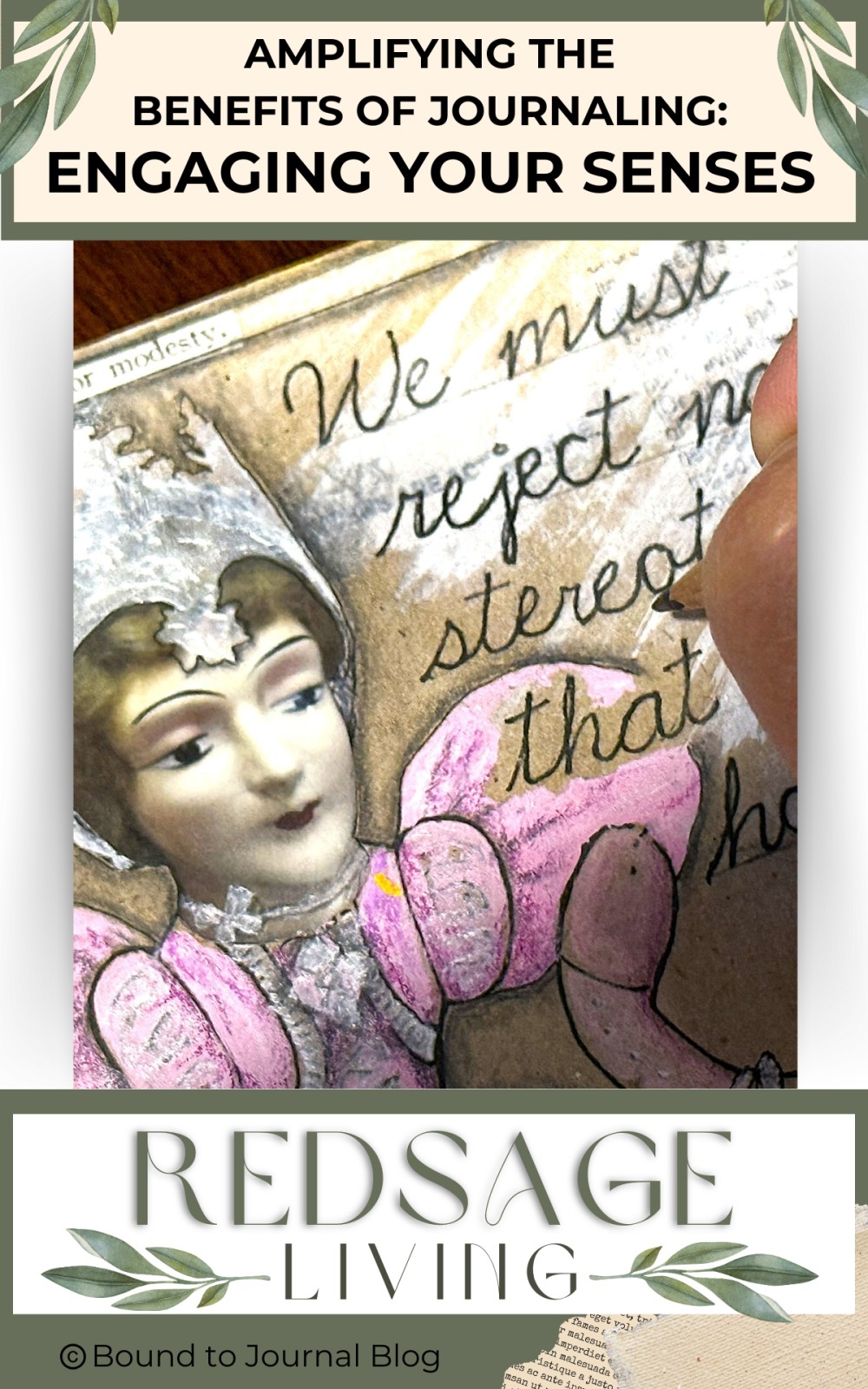






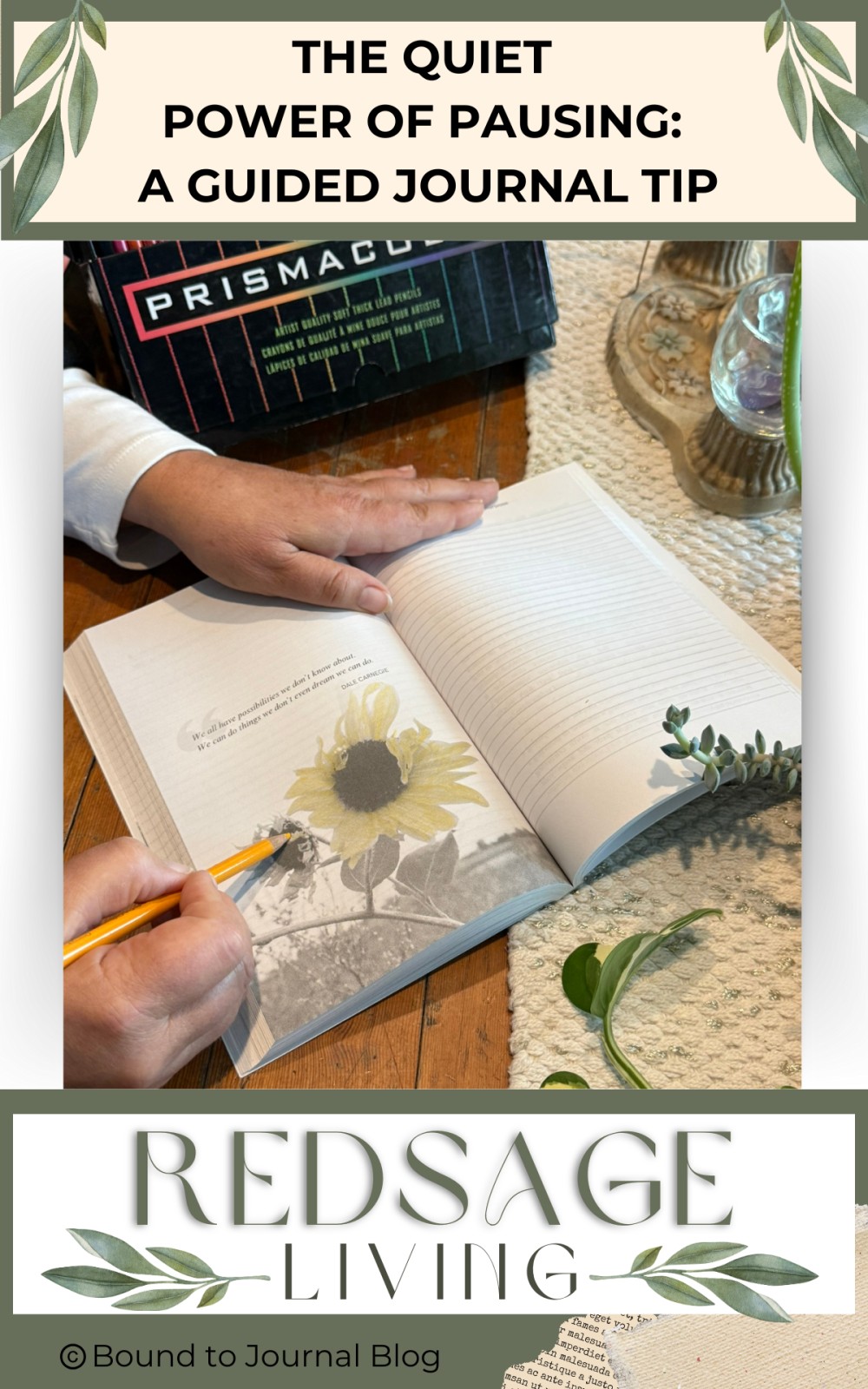





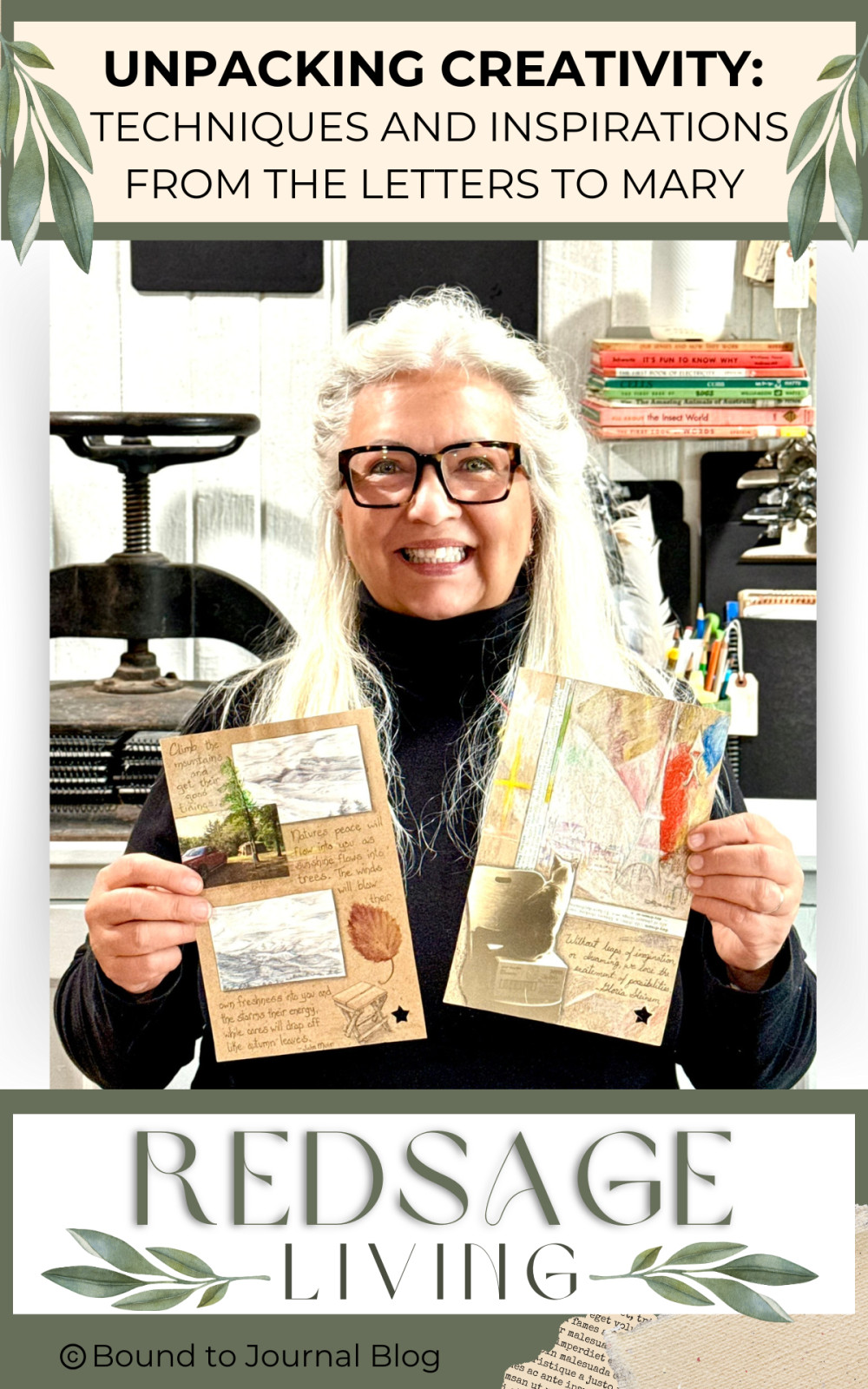


0 Comments